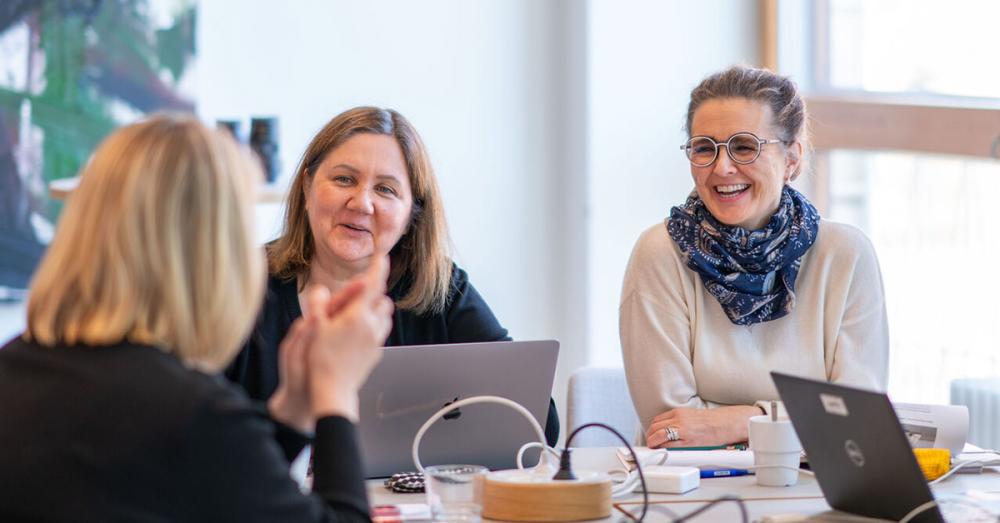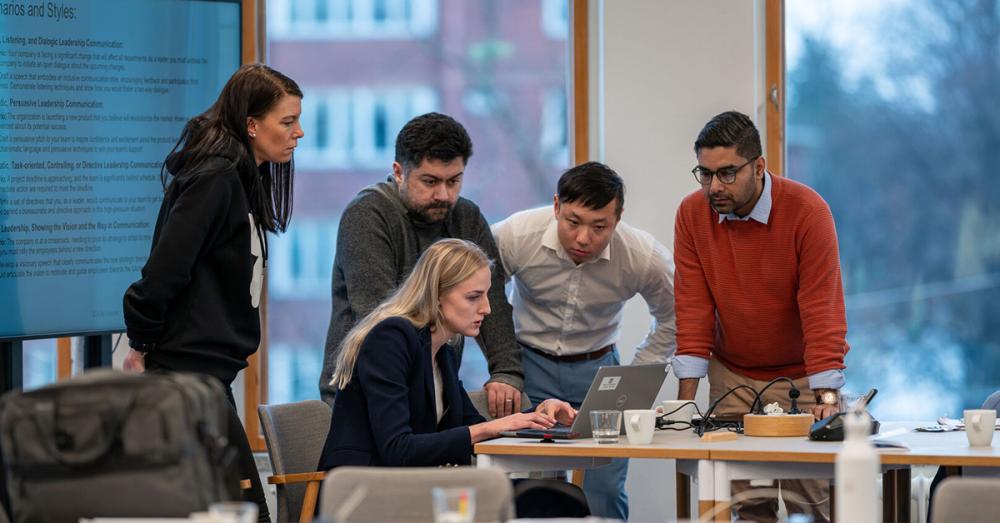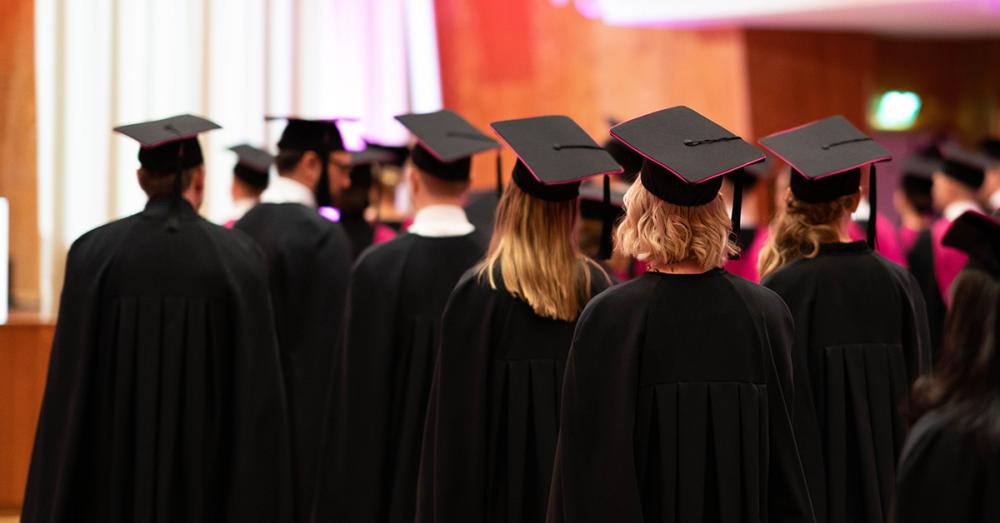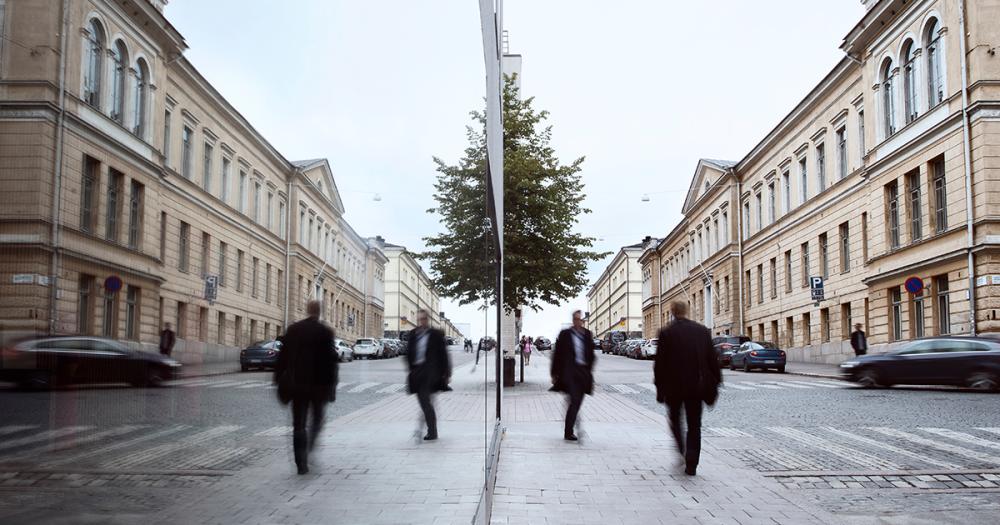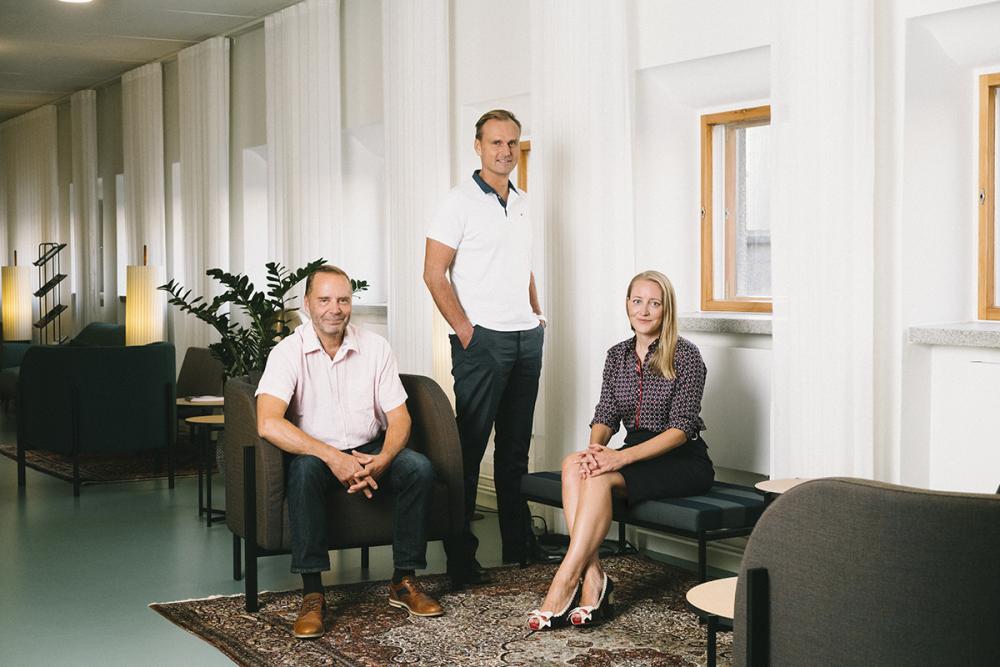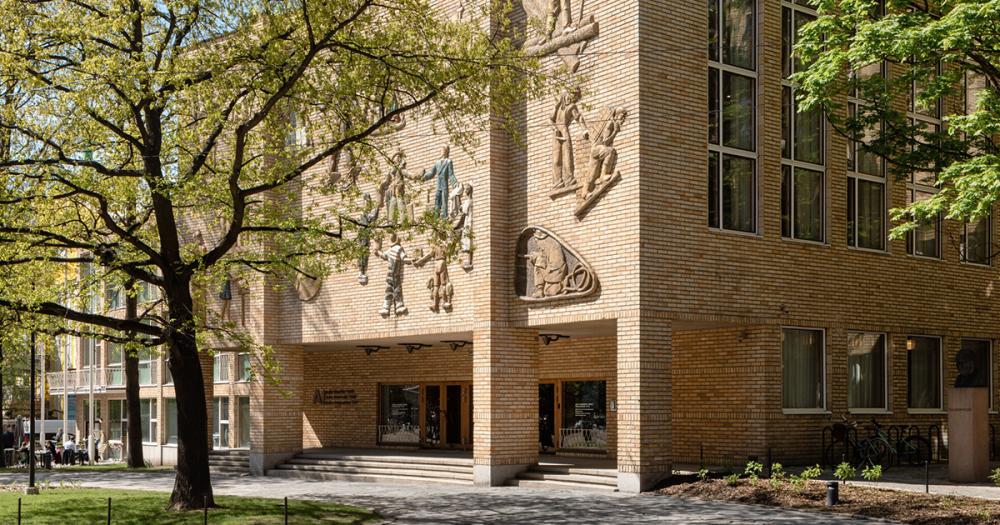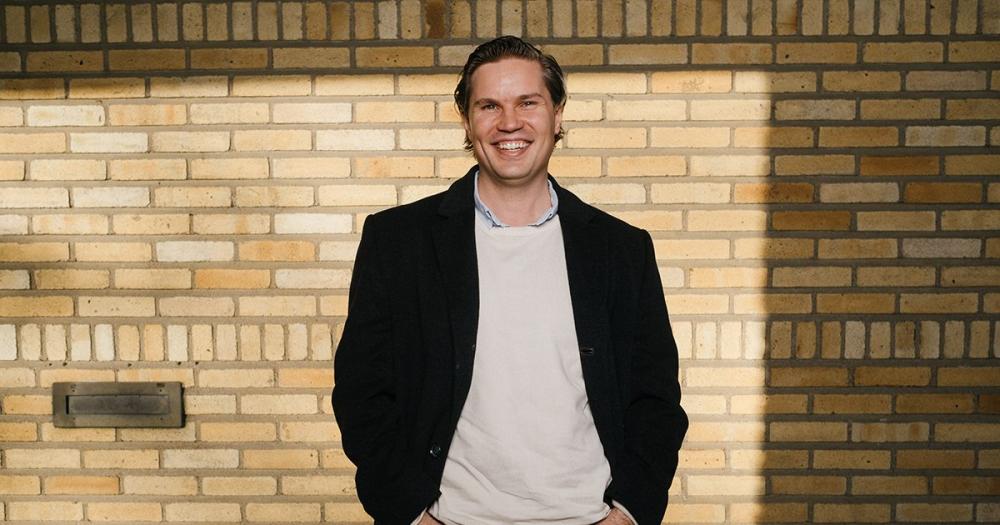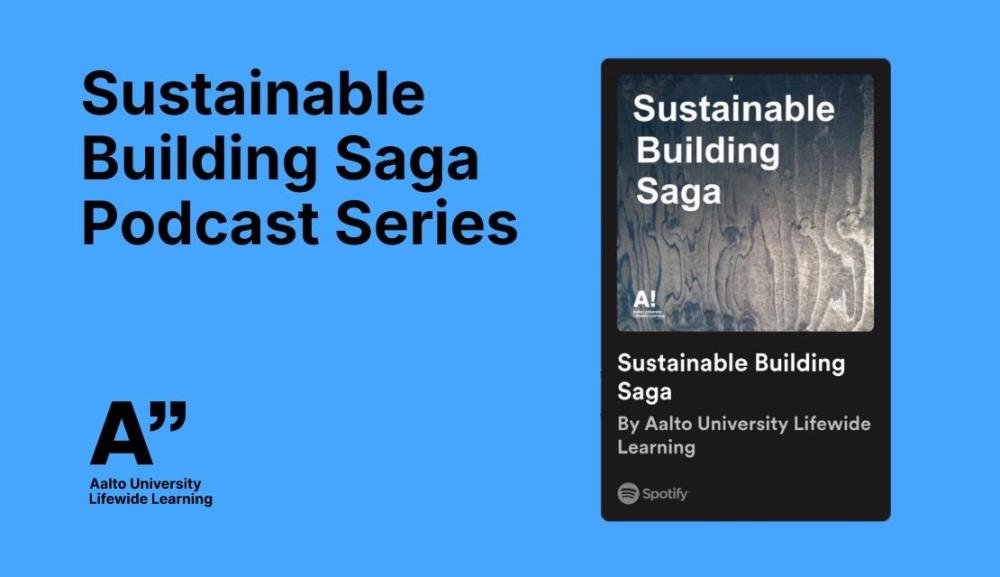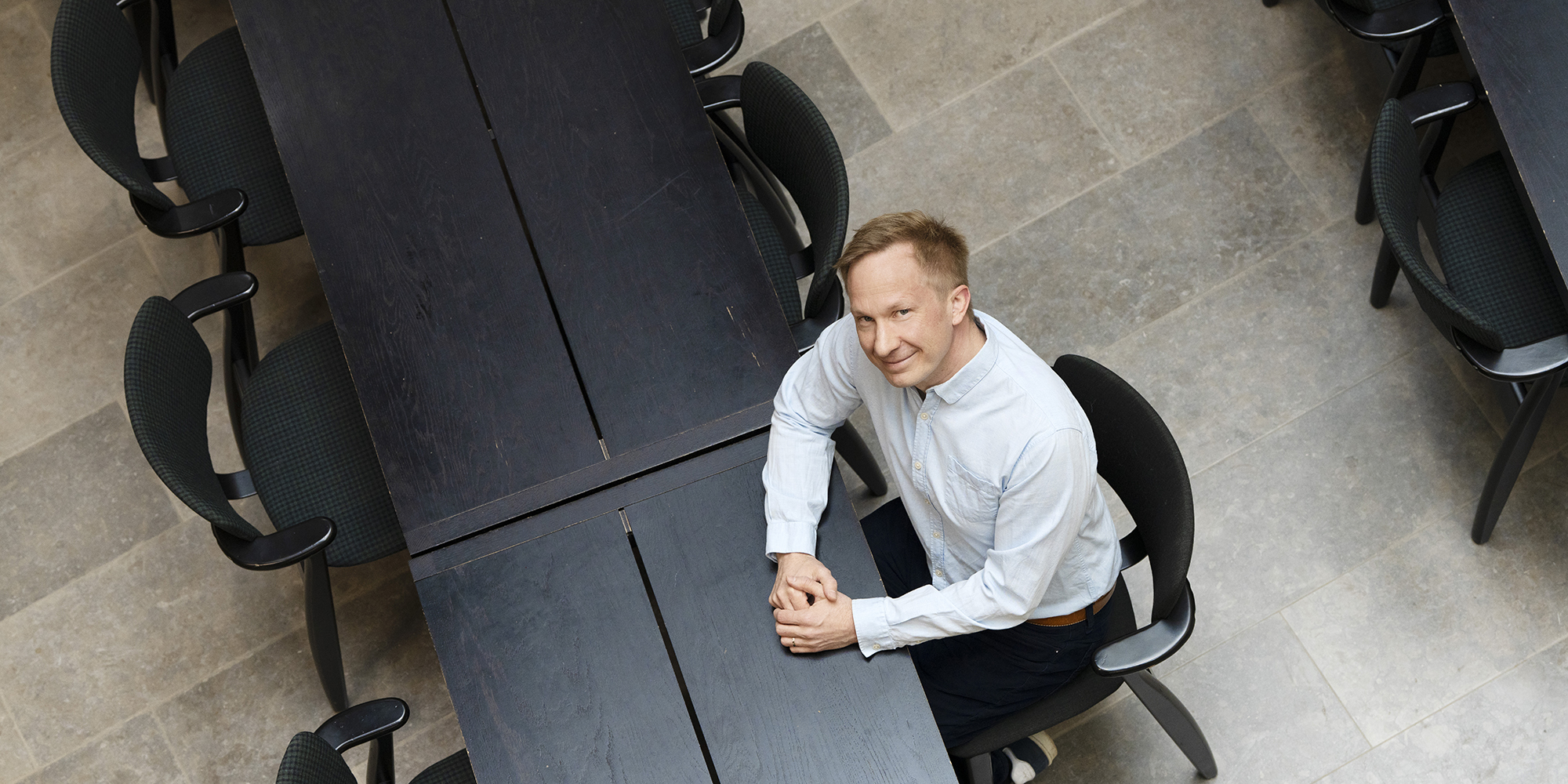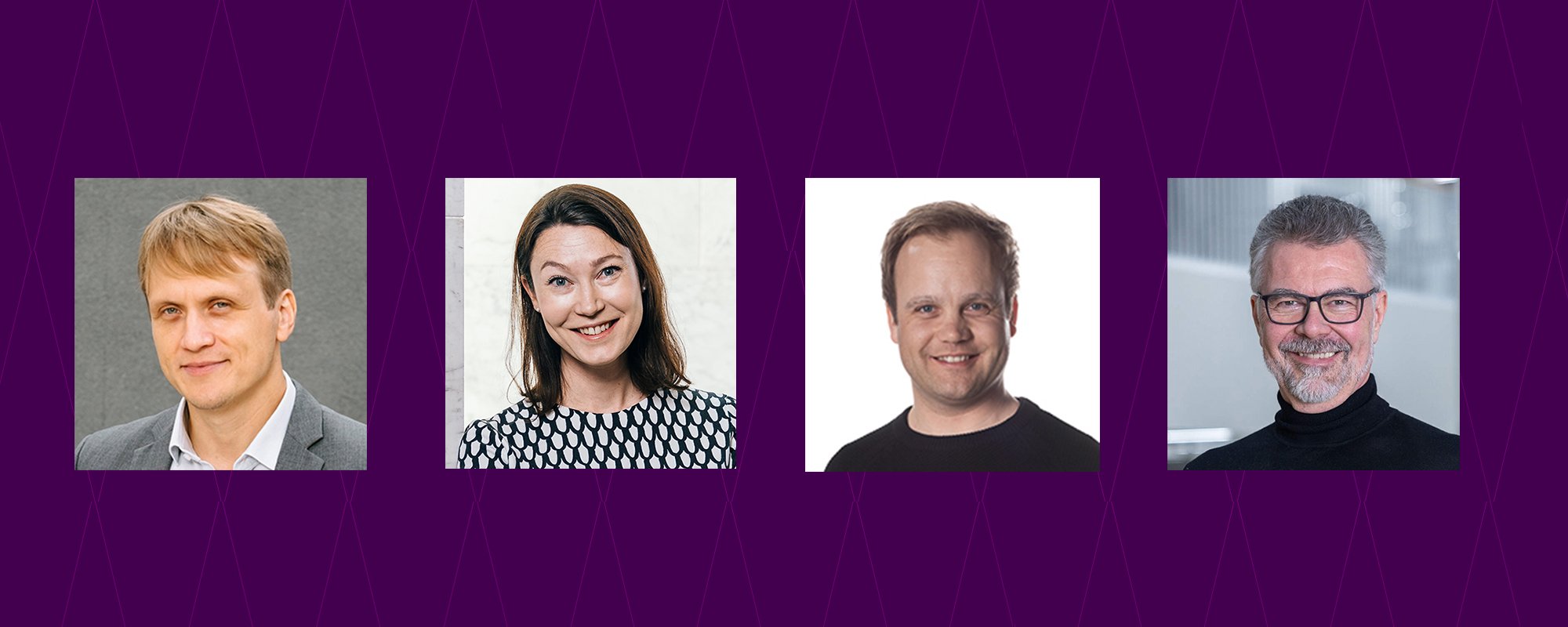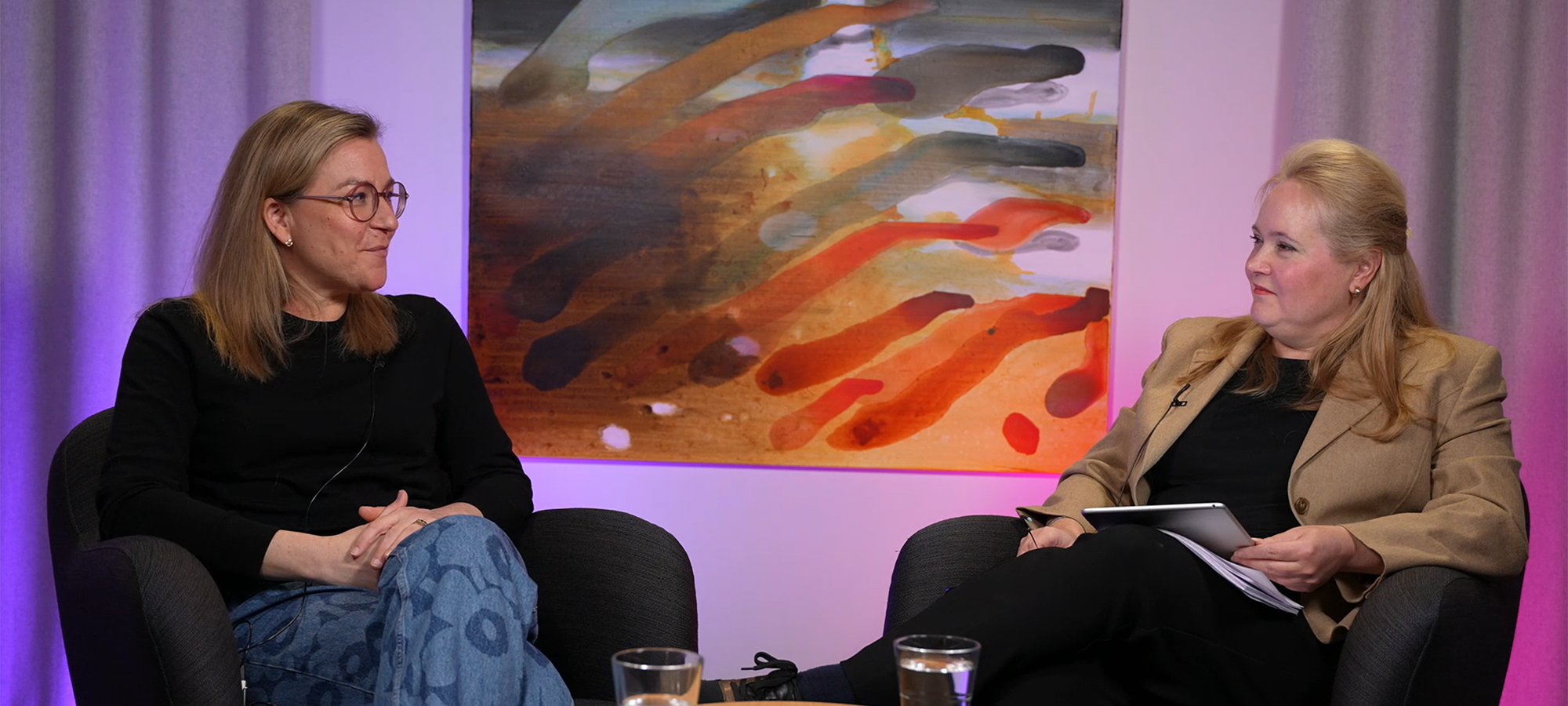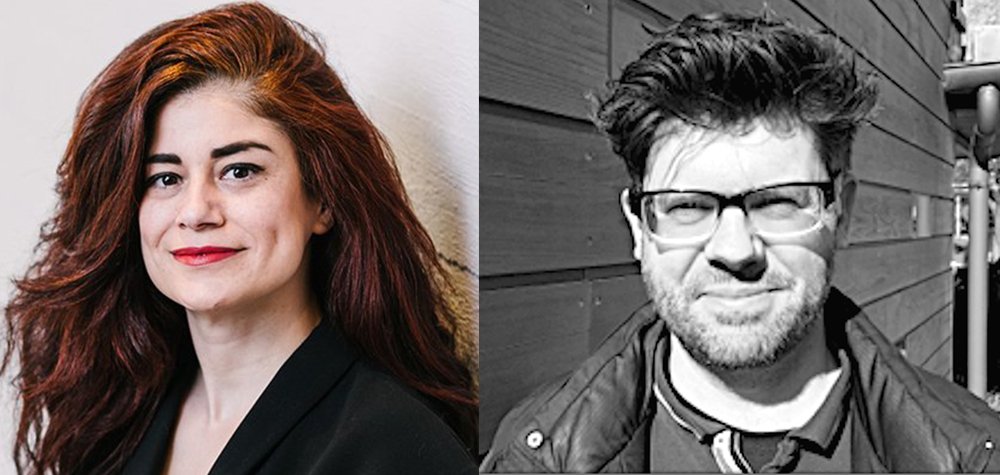“Radical creativity is first and foremost a mindset and positive friction,” says Nana Salin, Director of Alternative Funding at Aalto EE. It may be about continuously challenging assumptions, reframing problems, and embracing new attitudes to find solutions beyond traditional boundaries. “The biggest thing holding us back is our own attitudes and the things we’ve learned along the way,” says Salin. “We want to help leaders break out of those mental handcuffs and push past whatever’s keeping them stuck.”
But breaking those patterns isn’t easy. As Patrick Furu, Director, Top Management Solutions at Aalto EE, notes, Finland’s economic struggles are partly rooted in a short-term, hyper-efficiency-driven mindset that limits growth. “Our national strength has been in being effective,” he says. “But that doesn’t necessarily create long-term opportunities.”
Aalto EE’s approach is bold: help leaders break free from rigid mental models and equip them to foster creativity within their organizations. The stakes are high, but the payoff could be transformational for leaders and the industries they shape.
Why the Traditional Leadership Playbook Isn’t Enough
While traditional management often centers on efficiency and predictable outcomes, the radical creativity approach guides leaders out of their comfort zones to prepare them for challenges with no ready-made solutions as of yet.
We don’t teach radical creativity as a fixed method, Furu emphasizes. “It’s not about a set of instructions with guaranteed results. What we’re teaching is the ability to have conversations and engage with ambiguity.” For many participants, this can be both inspiring and intimidating. “For some, it’s uncomfortable. But for others, it’s energizing because there are no prepackaged answers.”
Aalto EE’s programs are built on collaboration across industries and viewpoints, drawing inspiration from Aalto University’s research on innovation, design thinking, and multidisciplinary practices. One key approach, reframing problems through borrowed perspectives, has proven effective. For example, participants might examine how the principles of shipbuilding could inform financial service innovations.
"We make use of semi-forced or facilitated processes, exchanging perspectives and borrowing from art, design, and engineering. We systematically adopt different approaches to the problems at hand," explains Furu.
Collaboration and Emotional Intelligence as Drivers of Creativity
One of the cornerstones of radical creativity is collaboration within self-organizing teams and ecosystems. In the pursuit of efficiency, organizations often fall into the trap of working in silos, which may limit creativity and innovation. “The world works through shared knowledge and collaboration,” says Salin, emphasizing that radical change comes when companies break free of isolation.
“All too often, people are rewarded for individual performance, not collective results,” she adds. “But if everyone just optimizes themselves, their own team, or their department, long-term progress stalls. We need leaders who can see the bigger picture and facilitate collaboration.”
It’s also good to take note of the importance of human dynamics in fostering creativity, including emotional intelligence and creating environments where teams can think boldly without fear of failure. “Leadership is not just about controlling outcomes – it’s about enabling others to create,” says Salin. She highlights that radical creativity encourages leaders to balance their team members’ strengths, challenges, and growth areas so that everyone can reach their full potential.
The Truth About Organizations
Creativity, despite its importance, often faces significant obstacles in most organizations. Hierarchies, rigid KPIs, and a culture of short-term gains often make meaningful collaboration difficult.
“We see it all the time,” Patrick Furu says. “People are incentivized to focus on their own unit’s results rather than working across departments. It leads to sub-optimization instead of collaboration.” He adds that cross-departmental projects, which often involve uncomfortable conversations and uncertain outcomes, are hard to prioritize when short-term success is rewarded. “It takes real seniority to risk your own results for the greater good.”
A culture of risk aversion also gets in the way. “Most people are scared to fail,” says Nana Salin. "There’s this idea that if you are not sure of the viability of the end result, it is not worth trying. But if we don't try, we are unlikely to find anything new."
Aalto EE has wanted to emphasize the power of cross-industry ecosystems where companies are given a chance to partner with unexpected collaborators. “Radical creativity flourishes when leaders look outside their own walls for inspiration,” says Furu, noting that innovation often comes from interactions between industries with different knowledge bases. “It’s about facilitating those connections and pushing organizations to think beyond their own expertise.”
The Broader Impact and Why Now
The theme of radical creativity isn’t just about a new kind of corporate growth; it’s an essential way to solve novel challenges in an uncertain world. From sustainability challenges to rapidly changing markets, companies need leadership that embraces flexibility and imagination.
“This is a crucial moment for Europe,” says Nana Salin. “It’s not about individual companies – it’s about creating a better, more balanced world. If everyone optimizes only for themselves and their own existence, we’re doomed.”
Radical creativity offers a new mindset and solutions for a new era of leadership. And for those who are curious and looking for new solutions, it may have a game-changing significance.
